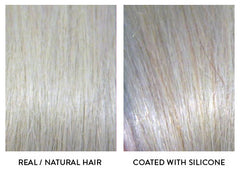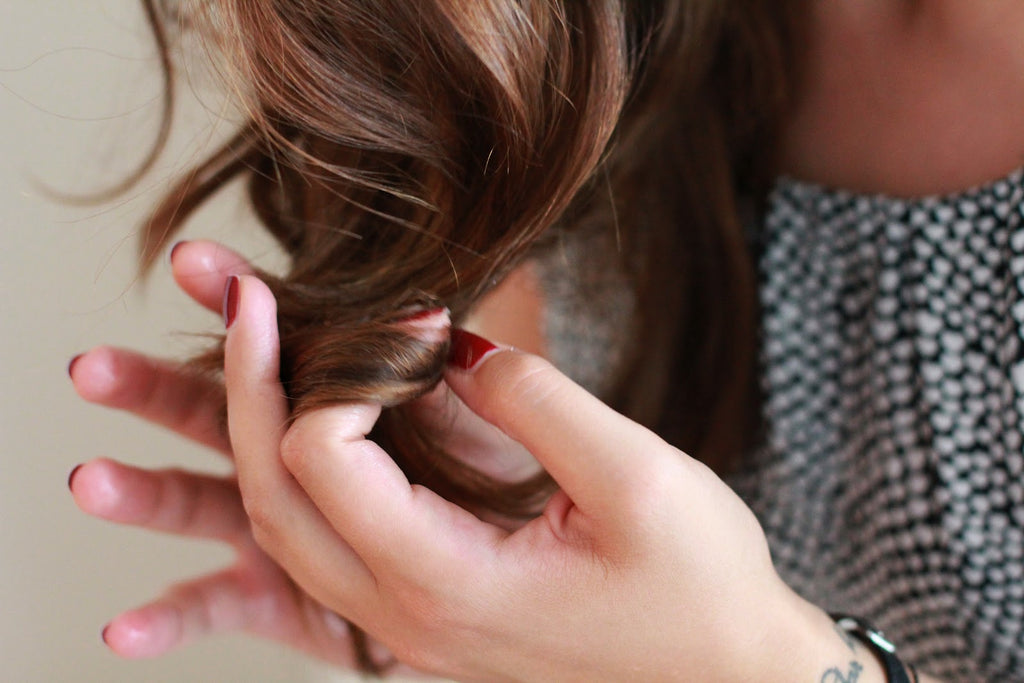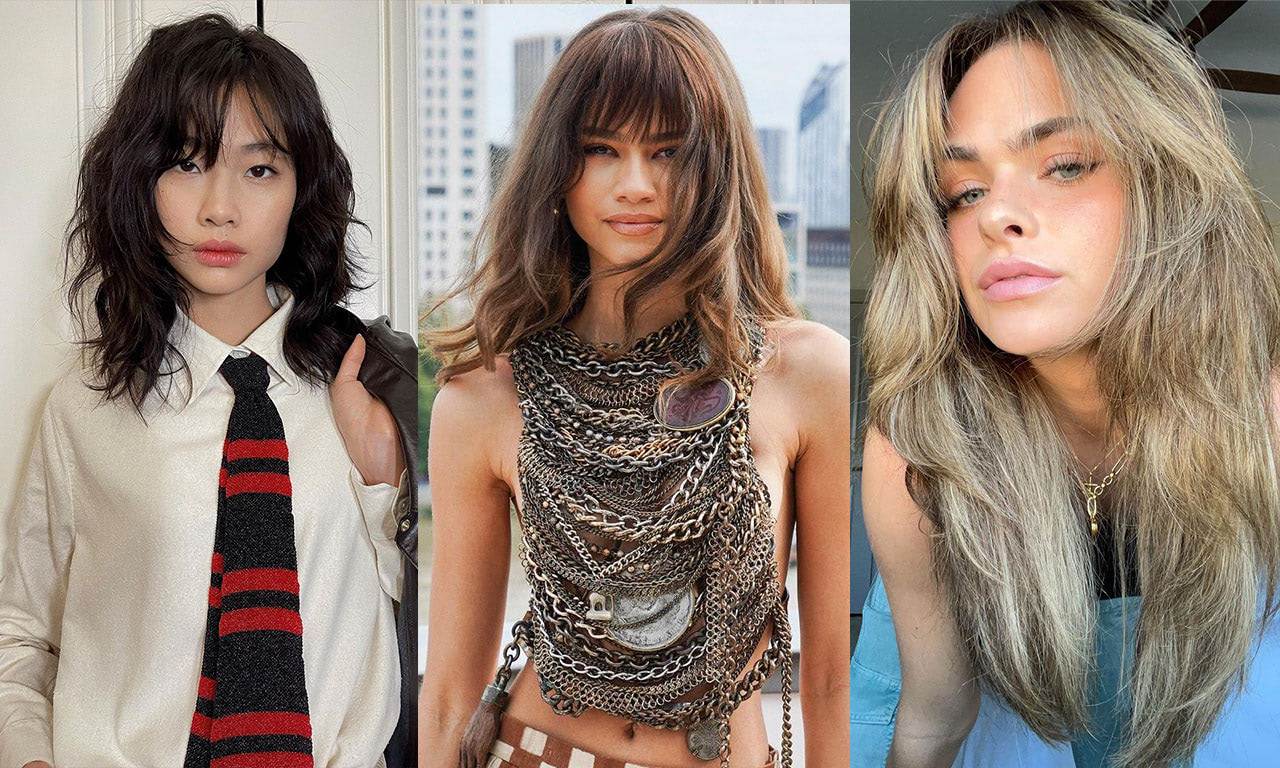
Every year over 18 million devotees visit the Venkateshwara Temple, at Tirumala in the south Indian State of Andhra Pradesh. For those devotees who make the journey to pay their respects to an incarnation of Vishnu, nothing could be more sacred or give them more joy. Every day, 12,000 of these pilgrims offer their hair as a sacred act to Vishnu, an act of thanks to be blessed by the deity who above all protects and sustains all that is good in society. At temples all over India, this hair is lovingly gathered and becomes the greatest, most beautiful hair in extensions, weaves and hair pieces to give confidence to women the world over. The return? The proceeds paid to the temples are reinvested into the community… Helping to fund schools, offer nutritional services and even to open medical clinics. This hair is sourced ethically. A gift of love… And of thanks.
THIS is the hair that Perfect Locks sources. 100% real. 100% ethical.
But in a booming global market, the big business of hair extensions has created an equaling booming black market. Hair unethically sourced, even marketed as “Indian”, but in fact originating in China or Russia... Hair that is often mixed with synthetic hair or even animal hair! This hair often found cheaply online…found on Craigslist and eBay…even beauty supply stores is sourced from China, Russia, Ukraine, Peru and Brazil. The origin is grim...

Here are 3 ways YOU can identify if the hair you wear is ethical, legitimate and TRULY virgin hair...
1: THE SMELL
 China, not India is now in the 21st century the largest exporter of human hair in the world. There, black market goods peddled as the authentic thing and resold to the United States is BIG business. China imports fallen hair, also referred to as non-Remy hair, from India. Fallen hair is dead hair that naturally sheds and is collected from hair salons and hairbrushes. Because the hair’s quality has been jeopardized and matting is likely to occur, non-Remy hair is less desirable in the extension industry. But China collects this hair, cleans it and mislabels it as being from a higher-quality hair extension source like Brazil, Russia or India. If you’re shopping for extensions, and they say they’re shipped from China, it’s probably Chinese hair masquerading as something else. How to tell? Pay attention to the smell: fallen hair has a smell of acid and silicone that’s easily recognizable.
China, not India is now in the 21st century the largest exporter of human hair in the world. There, black market goods peddled as the authentic thing and resold to the United States is BIG business. China imports fallen hair, also referred to as non-Remy hair, from India. Fallen hair is dead hair that naturally sheds and is collected from hair salons and hairbrushes. Because the hair’s quality has been jeopardized and matting is likely to occur, non-Remy hair is less desirable in the extension industry. But China collects this hair, cleans it and mislabels it as being from a higher-quality hair extension source like Brazil, Russia or India. If you’re shopping for extensions, and they say they’re shipped from China, it’s probably Chinese hair masquerading as something else. How to tell? Pay attention to the smell: fallen hair has a smell of acid and silicone that’s easily recognizable.

2: DOES THE HAIR HAVE THE CUTICLE INTACT?
Virgin Indian hair is not chemically processed, and by definition must have the cuticles present on the hair. If you check for cuticles and the cuticles are not present, know that the cuticles have been stripped from the hair usually from an acid bath. How to tell? The feel test! Run your fingers up and down the hair shaft. The hair strand should feel smooth going downwards towards the direction of hair growth, however you should feel some resistance as you move your fingers in the opposite direction. This resistance signifies the cuticle is present and has not been stripped.
3: IF IT ACTS LIKE FAKE HAIR… IT IS
Remember that REAL human hair has the same properties as your own. For some unscrupulous dealers, synthetic hair is mixed in with real hair to save costs and maximize profit. There’s an easy way to tell…simply observe how the hair reacts. If you are styling your hair with a flat iron and notice a burning plastic smell… There is synthetic hair mixed in. Likewise, if you wet curly or kinky hair extensions they should acts the same way real hair will. Wet them…see if the curls and kinks come back fully when dried. If they don’t… Fake hair is mixed in. The last way is simply by observing the shine. Real human hair is shiny… But it never shines so much that it looks plastic. The look should be a pearlescent shine... Not a mirror reflective one. If the strands look more like fishing line than your own hair… It’s fake.

Remember, that YOU control the industry. Every time you choose to support ethically sourced extensions and say NO to unethical ones you help put a stop to this market of exploitation.
 Have Questions? Call Us!
Have Questions? Call Us! 


